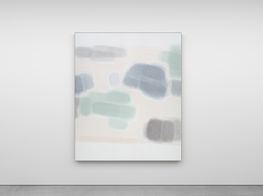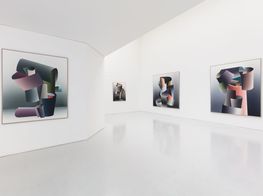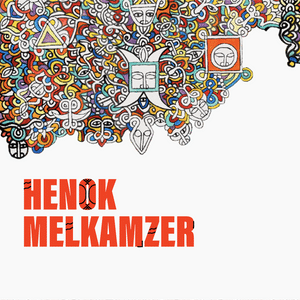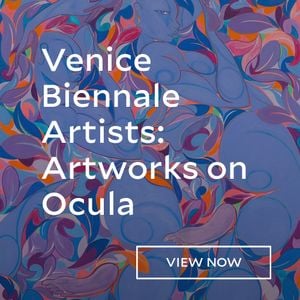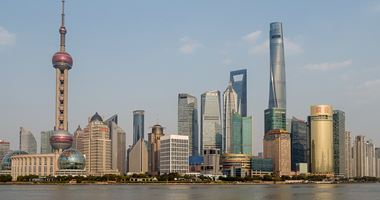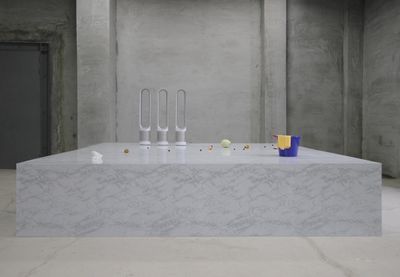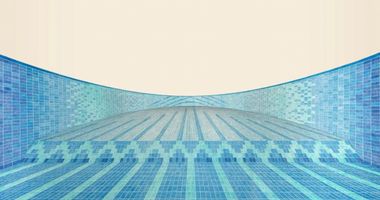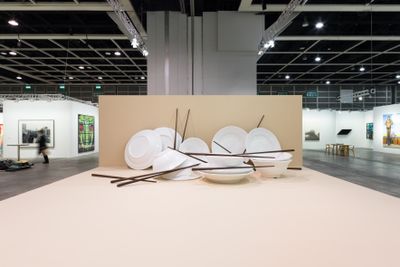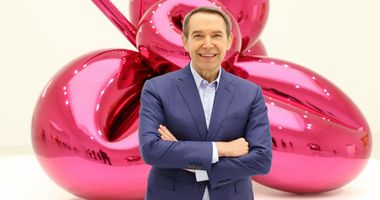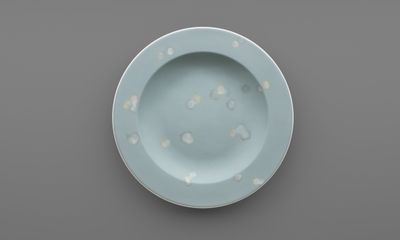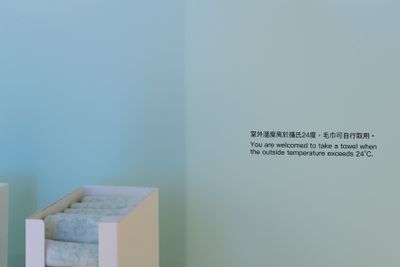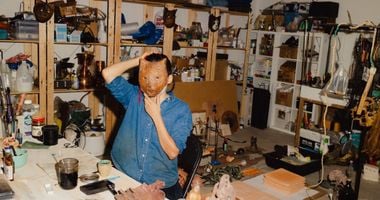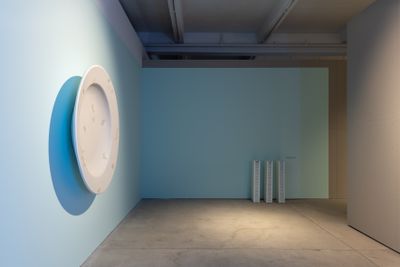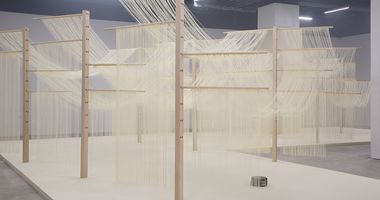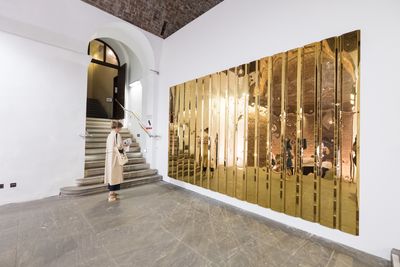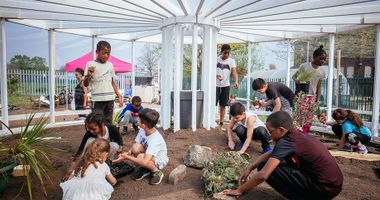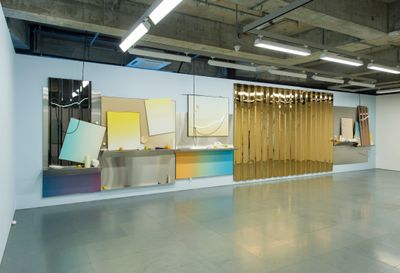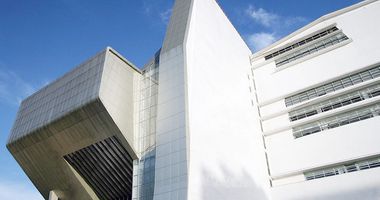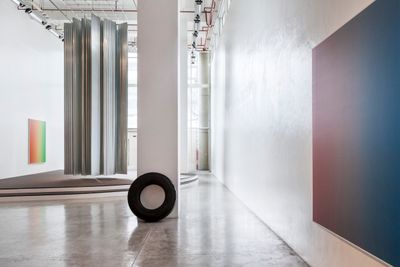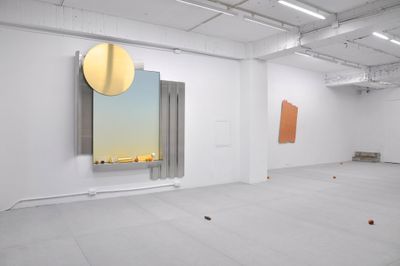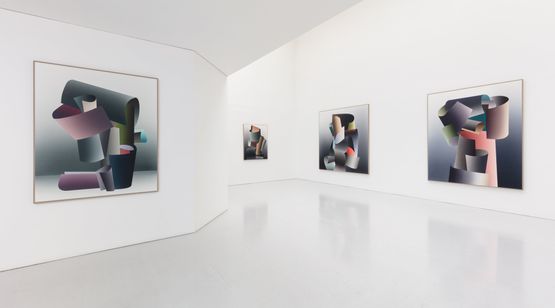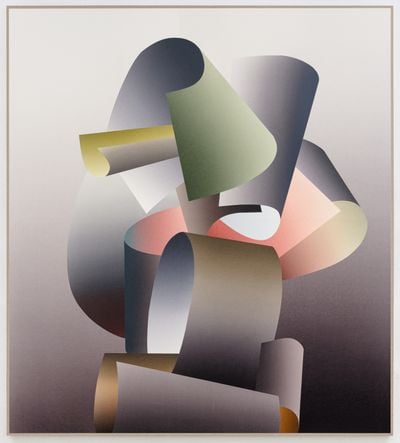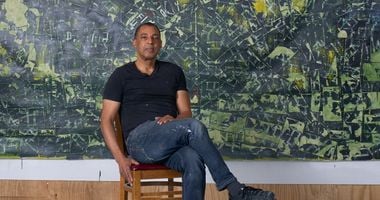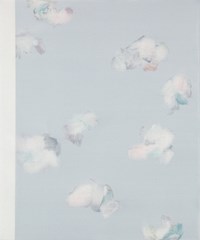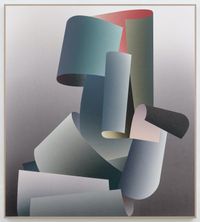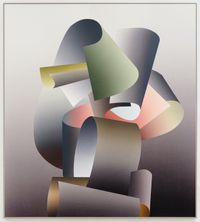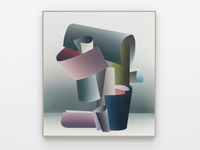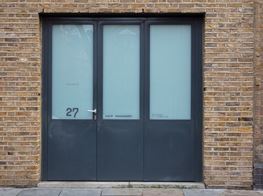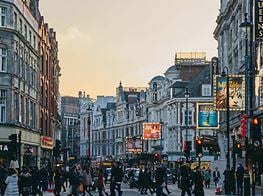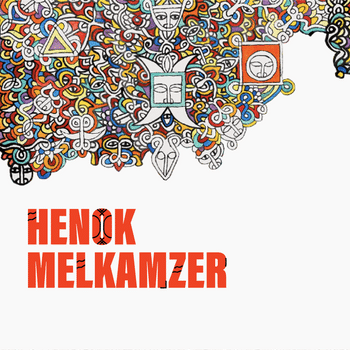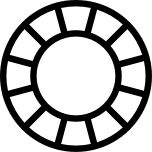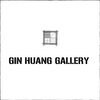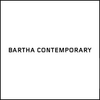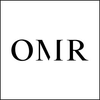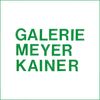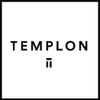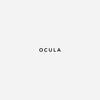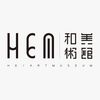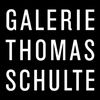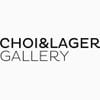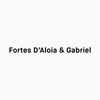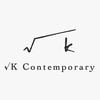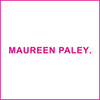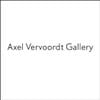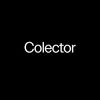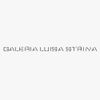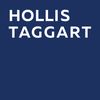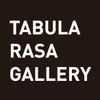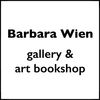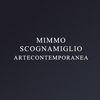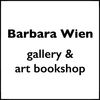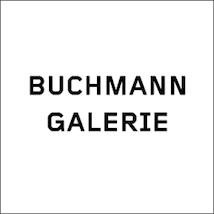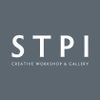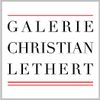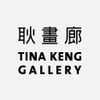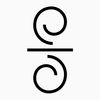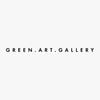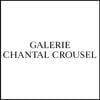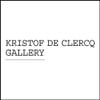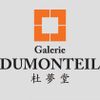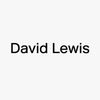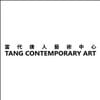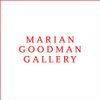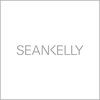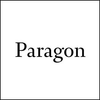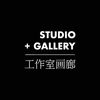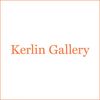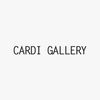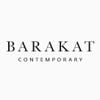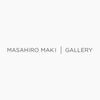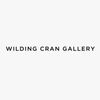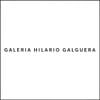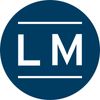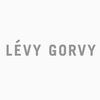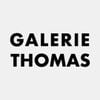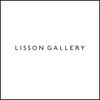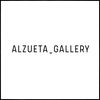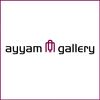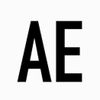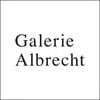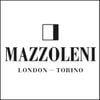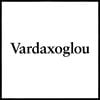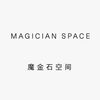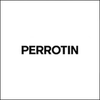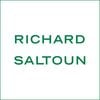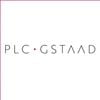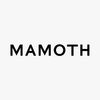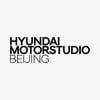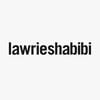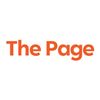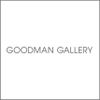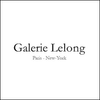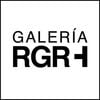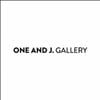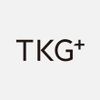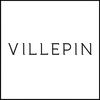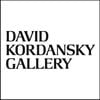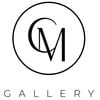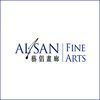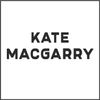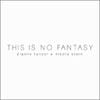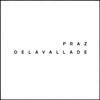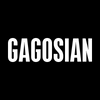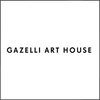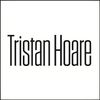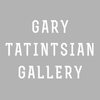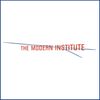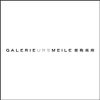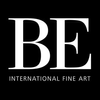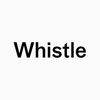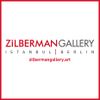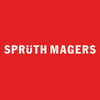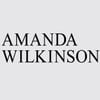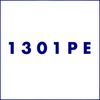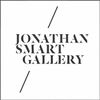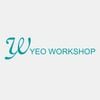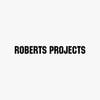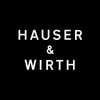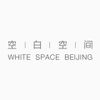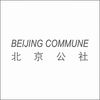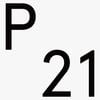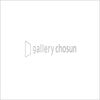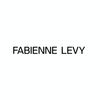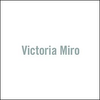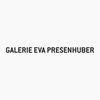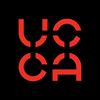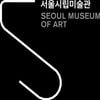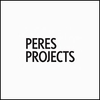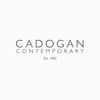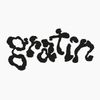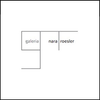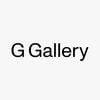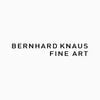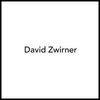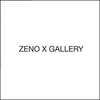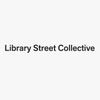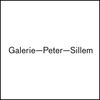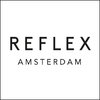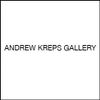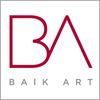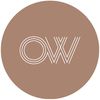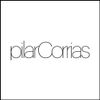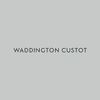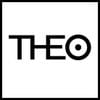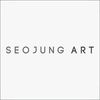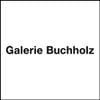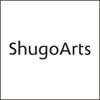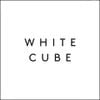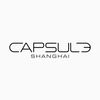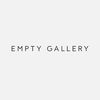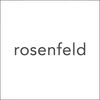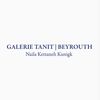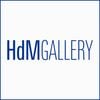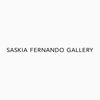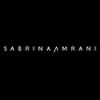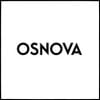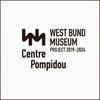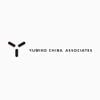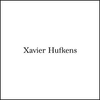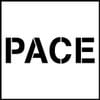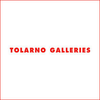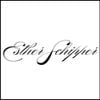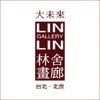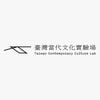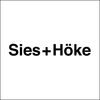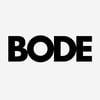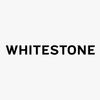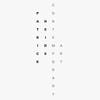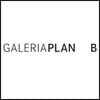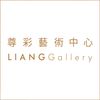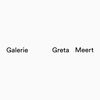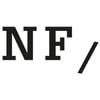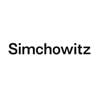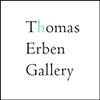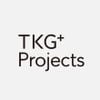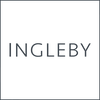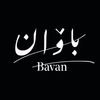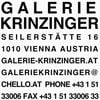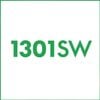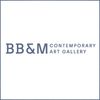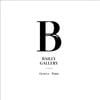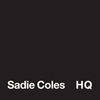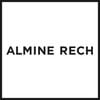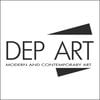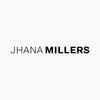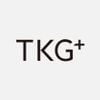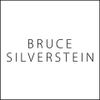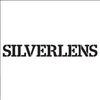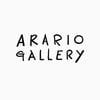Chou Yu-Cheng's Material Constructions
It's amazing that Chou Yu-Cheng initiated the multi-part project Refresh, Sacrifice, New Hygiene, Infection, Clean, Robot, Air, Housekeeping, www.agentbong.com, Cigarette, Dyson, Modern People in 2017.
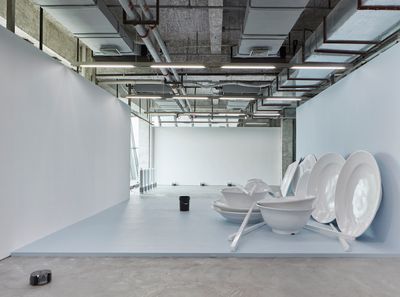
Exhibition view: Chou Yu-Cheng, Refresh, Sacrifice, New Hygiene, Infection, Clean, Robot, Air, Housekeeping, www.ayibang.com, Cigarette, Dyson, Modern People, Edouard Malingue Gallery, Shanghai (2017). Courtesy the artist and Kiang Malingue. Photo: Zhang Hong.
Presented at Kiang Malingue in Shanghai, the title's keywords manifested in works composing the exhibition; among them, a group of Dyson air purifying fans standing in a line like soldiers.
Ubiquitous across Asia even before the pandemic, these machines, which protect against harmful airborne particles, have re-appeared across Chou's installations, including for the 2017 exhibition Aerobraking at Pier 2 c7 in Kaohsiung, Taiwan, where three were poised on a platform alongside a minimalist assembly of produce and cleaning products.
For the artist's participation in the 'Encounters' sector at Art Basel Hong Kong in 2018, three giant Dyson air purifiers stood like modern relics on one side of a large display platform, with giant bowls, plates, and chopsticks cleaned daily by hired workers on the other side.
By amplifying the Dyson air purifier's form—a long, elegant loop on a mechanised pediment—Chou cloaked these industrial products with the kind of enigmatic mystery reserved for cultural objects, while inverting that famous incident in 1926, when Brancusi's blade-like bronze sculpture Bird in Space (1926) was held by New York customs because it was seen as a utilitarian item.
Thanks to an airborne pandemic, Chou's Dyson readymades, which recall Jeff Koons' vacuums from the iconic 'The New' series (1979–1980s), have taken on an added weight in their role as exemplary objects.
Other works in the 2017 show with Kiang Malingue were large, fibreglass plates painted bone-white or pastel teal with stylised smudges, composing the 'Refresh, Sacrifice, New Hygiene, Home, Washing, Chou Yu-Cheng, Acrylic, Rag, Scouring Pad, Canvas, Plate, Image, Album' series (2017–2018).
Included in an uncannily timed 2019 Hong Kong exhibition at Tai Kwun Contemporary exploring pandemics, Contagious Cities: Far Away, Too Close, one such plate painting was presented alongside a stack of incense-and-lemon scented towelettes.
By purifying the white cube's air, Chou's works highlight the sterility of the space and its role as an industry saleroom.
Each towelette was printed with the words from its title: Wiping, Perception, Touching, Infection, Disinfection, Education, New Habit (2019), only with the act of 'disinfecting' replacing Disinfection. Visitors were invited to take a towelette if the outside temperature exceeded 24 degrees Celsius, when bacterial growth flourishes.
Chou connects his interrogation of hygiene to an expression from his native Taiwan, 'without knowledge and without hygiene'. It's a phrase that has resonated across the world at various moments when cleanliness has divided the inside from outside. Like when Chinese workers in the United States were not only likened to a plague in the 19th century, but blamed for one.
The politics of hygiene are extended to the white cube in the artist's work. For a 2018 exhibition at TKG+, Taipei, Chou upgraded his machinery, incorporating Dyson Pure Cool Link air purifiers, known to remove 99.95 percent of pollutants, and Dyson Cyclone V10 cord-free vacuums.
Placing these home appliances in a gallery toes an uncanny line. By purifying the white cube's air, they highlight the standardised purity—indeed, sterility—of that very space, while underscoring its role as an industry saleroom.
'Part of my [oeuvre] is built on existing mechanisms, systems or phenomenon in the society,' Chou said.
Chou enacted a similar intervention with TOA Lighting in 2010, a site-specific installation at Hong-Gah Museum in Taipei, where neon lights provided by the TOA Lighting company hung from the ceiling, fusing art and industrial design.
Such fusions extend into other abstractions and amplifications in Chou's work. In Chemical Gilding, Keep Calm, Galvanise, Pray, Gradient, Ashes, Manifestation, Unequal, Dissatisfaction, Capitalise, Incense Burner, Survival, Agitation, Hit, Day Light (2015), a corrugated gold-plated galvanised sheet is indented with marks from people invited to throw rocks at it, re-enacting a common act of protest.
First initiated during the artist's residency at the Künstlerhaus Bethanien in Berlin in 2015, the work was shown at Kiang Malingue in Hong Kong (without the interactive element), before moving to the Liverpool Biennial in 2018.
In Hong Kong, the metal sheet was integrated into a wall-spanning assemblage of pastel-toned oil paintings impeccably painted in shades of canary yellow, luminous azure, and deep fuchsia, to form gradients.
The installation heralded the artist's contribution to the 2018 group show The Extra Extra Ordinary, at Museum of Contemporary Art and Design, Manila, where he presented a monumental cluster of hanging corrugated steel sheets and paintings with rich, acid-toned gradations.
Paintings that mimic the surface sheen of metal reflect not so much a counterpoint as a synthesis within Chou's practice—the kind the artist extended to an interplay between domestic, industrial, and exhibitionary spaces at Taipei's Project Fulfill Art Space in 2016.
There, gradated paintings were integrated into steel forms mimicking kitchen countertops, in one part supported by a steel scaffolding suggestive of a domestic floor plan.
The artist replicates these material dialectics in his 'Origami' paintings (2022), a series being showcased in Chou's first solo exhibition with Kate MacGarry in London (16 September–22 October 2022).
To create each painting, Chou paints paper with the same kind of industrial smoothness as his gradient paintings, this time using colours inspired by the shades of rivers, from clearwater to toxic sludge, made using mineral and synthetic pigments.
The artist cuts shapes from these sheets and arranges them into a single, unified form, which he mounts meticulously to the canvas, resulting in works like Origami #2 (2022), where shapes combine to create the illusion of a three-dimensional sculpture composed of paper curls supporting one another like a house of cards.
'A part of my artistic oeuvre is built on existing mechanisms, systems or phenomenon in society,' Chou said in 2018.1 Another part of that oeuvre seems to demonstrate how fragile systems are, precisely because of their materiality. —[O]
1 Kate Ng, 'A Practice Built On Existing Mechanisms and Systems - An Interview with Artist Chou Yu-Cheng', The Artling, 27 April 2018: https://theartling.com/en/artzine/a-practice-built-on-existing-mechanisms-and-systems—an-interview-with-artist-chou-yu-cheng/.

